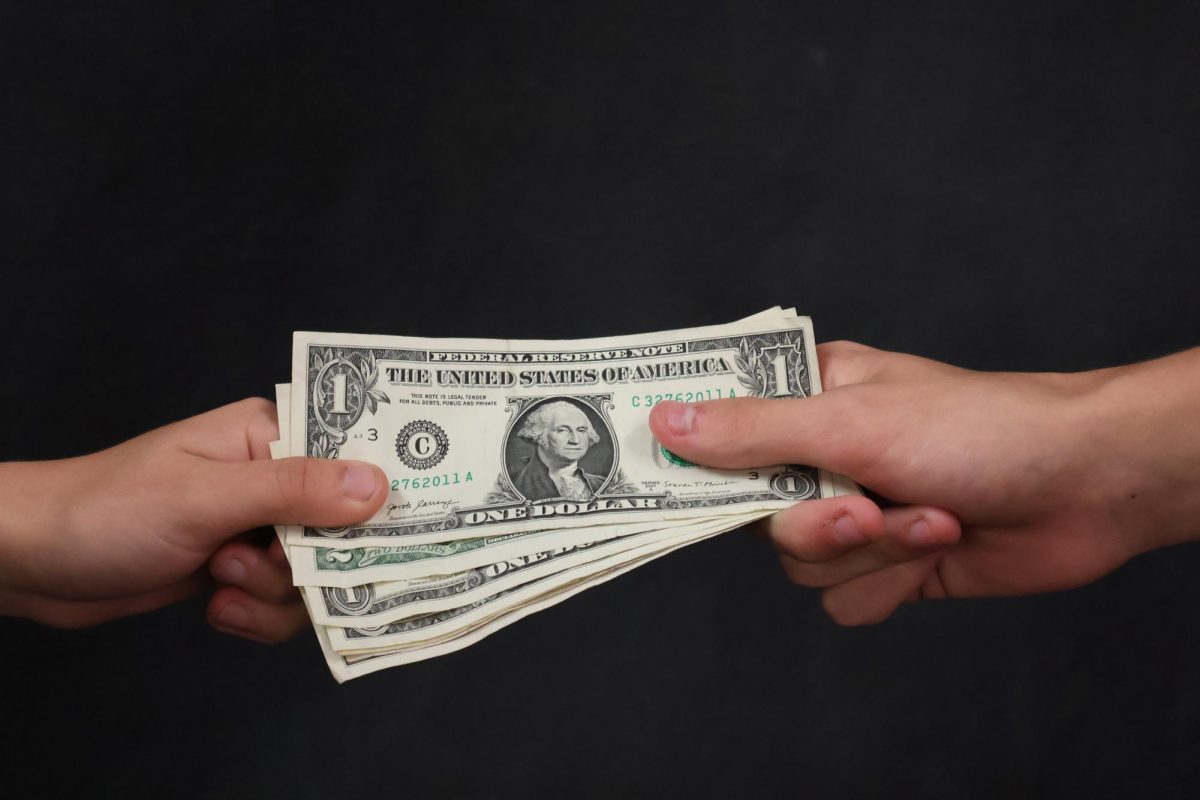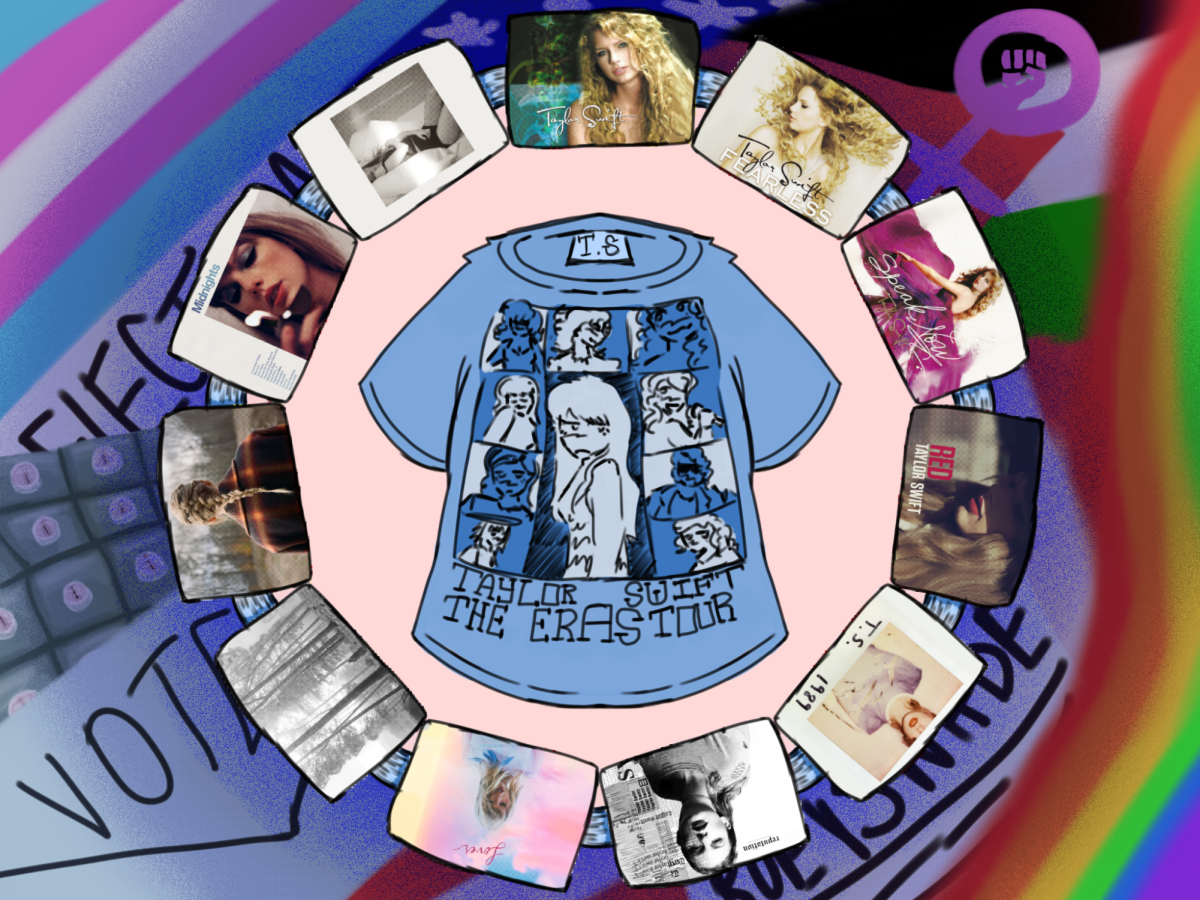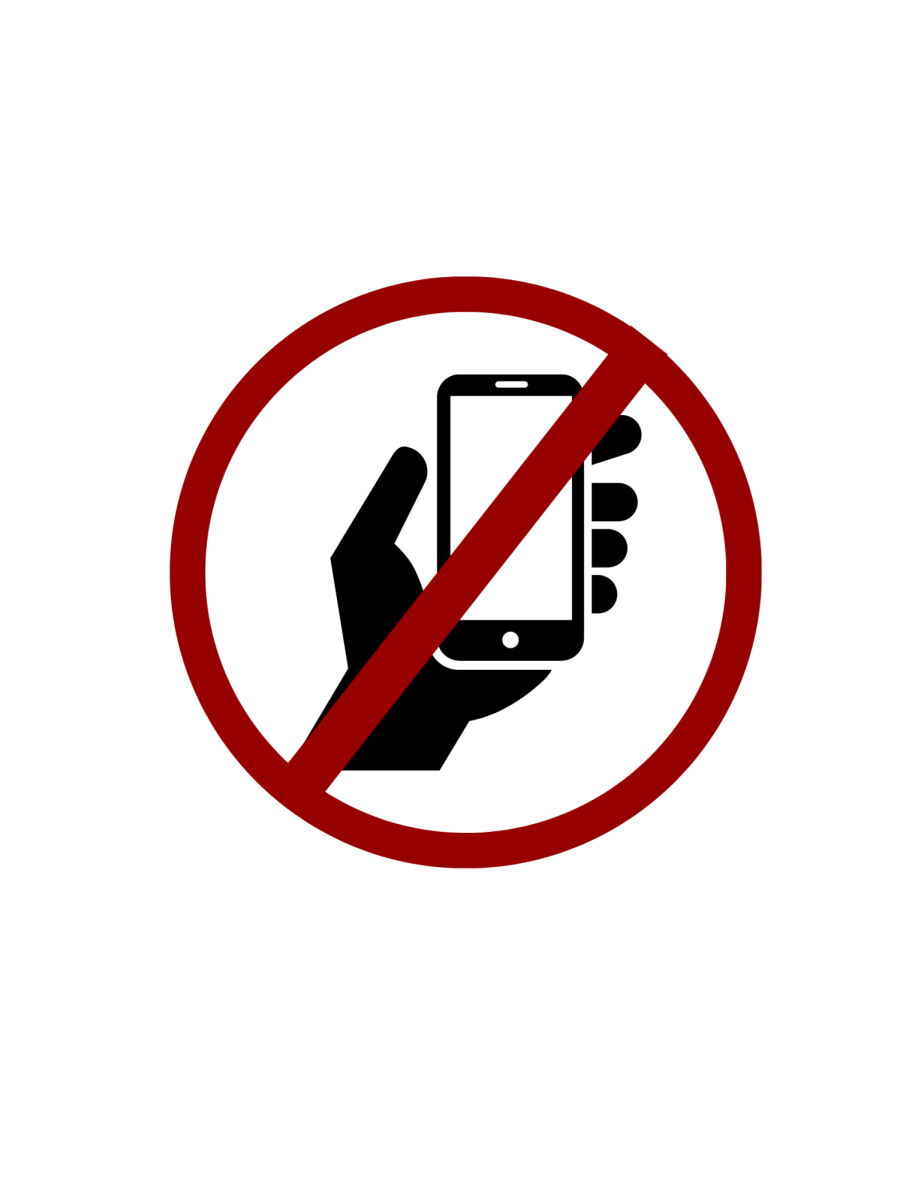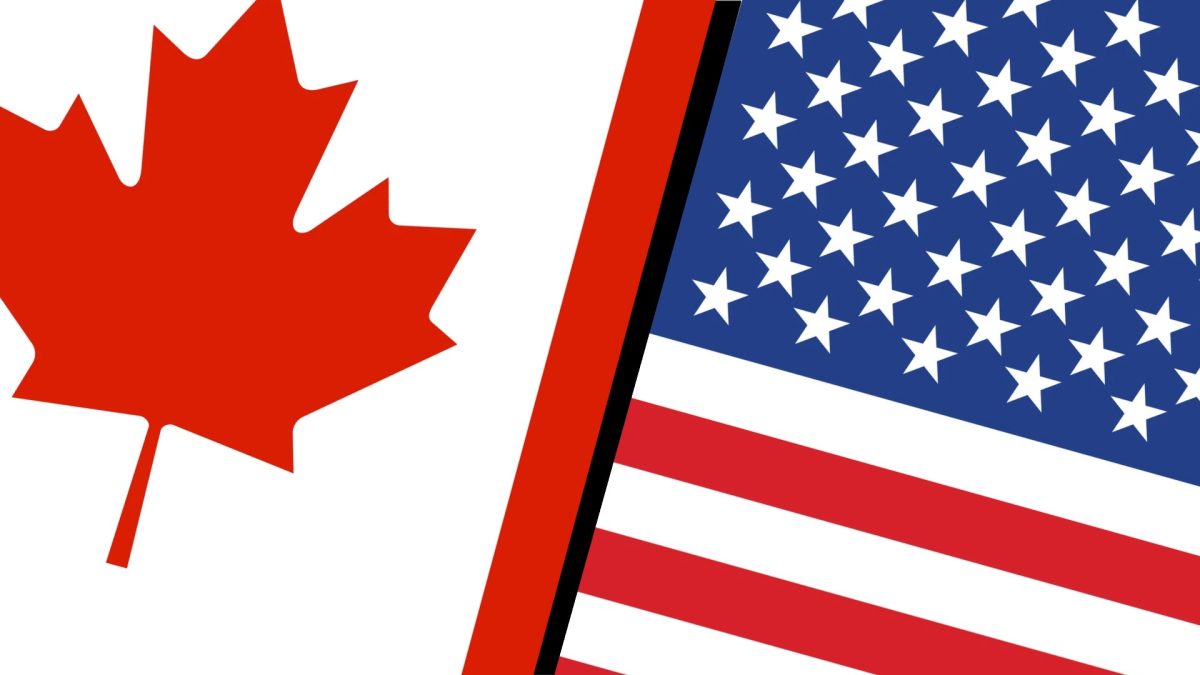Picture this: you’re in a bustling restaurant, an airport food venue, a gas station, or something of a similar nature. You buy what you came for, be it a burger, some microwavable sandwiches, or maybe gas station sushi. All of these purchases are different, but something always happens at the end of it. The person serving you turns over a screen asking for a tip.
According to a Pew Research Center survey in 2023, 72% of Americans believe that tipping is more prevalent than it was just five years ago at the time.
When we do actually decide to give a tip, the tip usually starts at 18% or 20% and can go as high as 30%. Now, this is bad enough as this stacks onto already high prices, turning a $100 trip into a $125 trip. Furthermore, several businesses include a “service charge” automated into your bill. Many people are of the belief that this is a tip, however, that is simply not true.
A service charge is something that a business can charge in order to provide wages to backdoor employees, such as chefs or janitors. These employees also rely on tips, and due to their positions are not in a prime location to receive them. However, the business does not have to give these service charges to their employees.
This is only made worse by the fact that a genuine tip is still socially expected, and this is only because as a result of tips, employees working service jobs make a wage that is federally set at $2.13 an hour. $2.13 an hour is not a living wage, and because of this people feel real guilt when they tip in the lower range, or don’t leave a tip at all.
There’s something to be said about the employees who need those tips: Service workers. Think of your waiter or waitress at a restaurant, or maybe even your local barista. These employees directly rely on both their state’s minimum wage and the tips provided by other people in order to live semi-comfortably. This lends itself back into tipping guilt.
Because of this guilt, only 21% of Americans feel it’s a choice to leave a tip, while another 29% consider it to be their obligation. All of this piles onto American consumers, who are torn between leaving a tip and increasing their already pricy bill, or not leaving a tip and harming someone else financially.
Interestingly enough, if we look to places outside of America, this same tipping issue is not as prevalent. For example, in Japan, a tip is actually considered an embarrassment for the employees. A similar effect can be seen elsewhere, such as in China where gratuities are far from the norm.
Outside of America, there are also places where people do tip. In Greece it is only appropriate to tip 5%. In Italy, there’s a 10% tip only for exceptional service, and a 10% is usually at the top of the range for tips.
However as soon as you look towards America, we are faced with a drastic change in how tipping works, where again, the average tip amount is continuously increasing.
Only a few years ago, this was not the case. However, as a result of an increase in tipping, we are being forced to pay out more from our pockets, and this is something that should not be as prevalent as it is these days.
Tipping is far too common in American society, and should not be the only way for service staff to earn a living.














